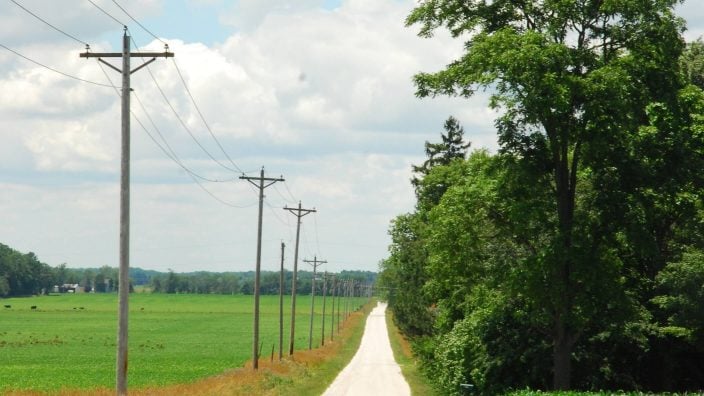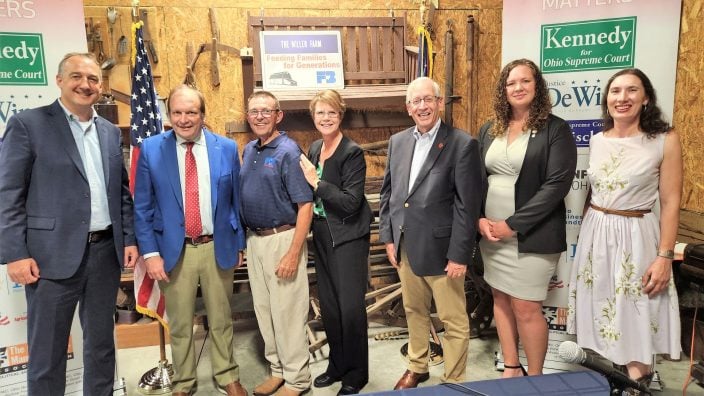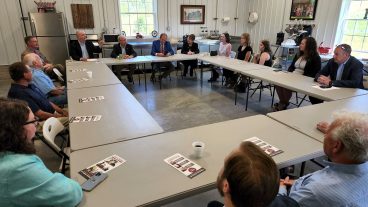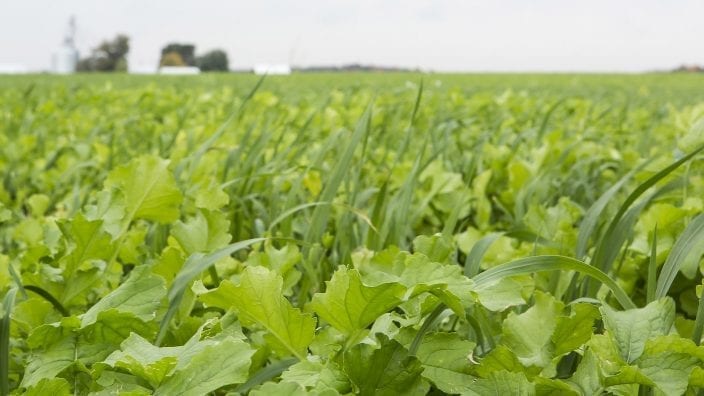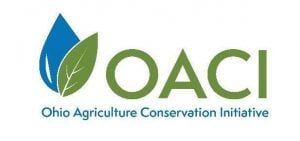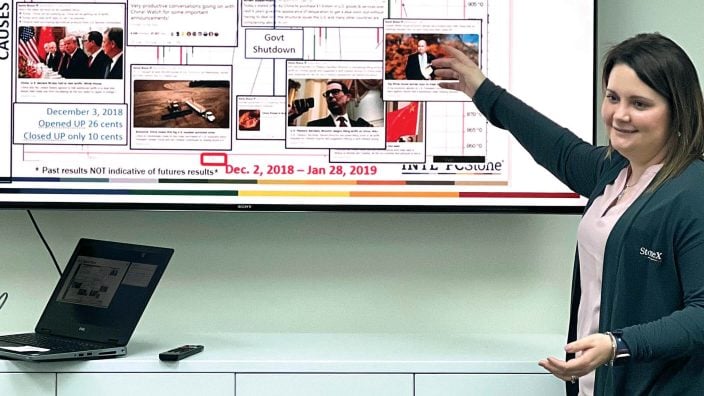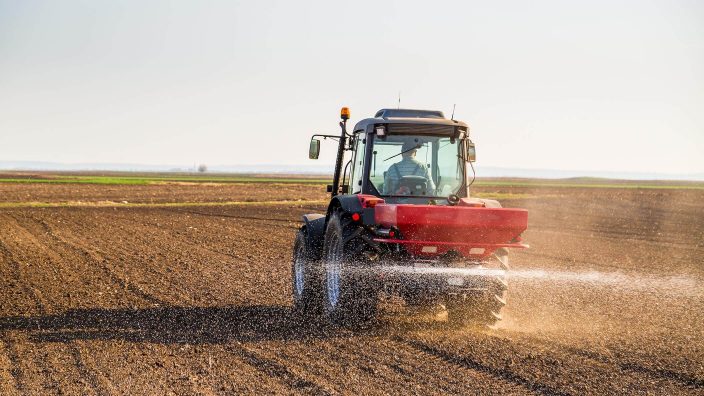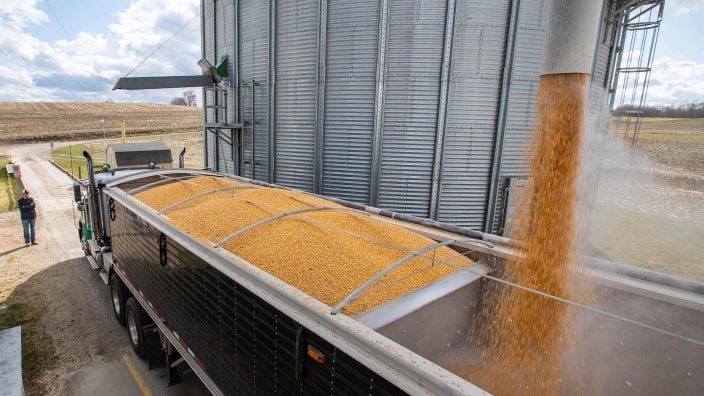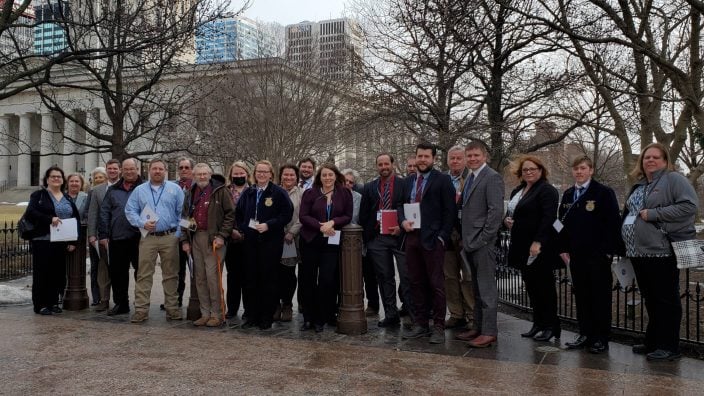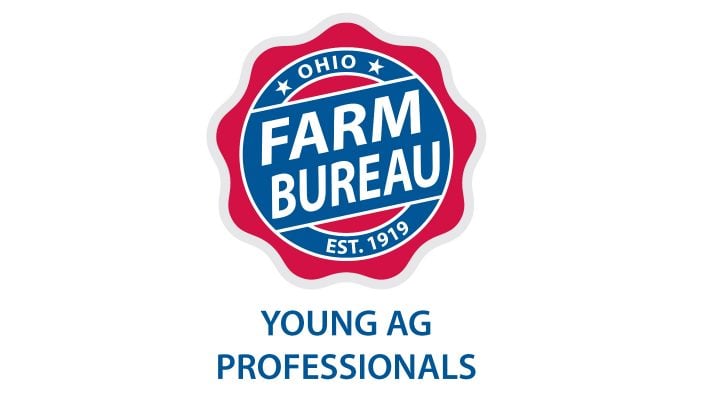Hauling grain and livestock over the roads can raise questions about state and federal transportation regulations. The Ohio Farm Bureau legal team has created the Farmer’s Guide to Trucking Regulations as a free resource, exclusively for members.
The newly revised guide includes a farm driver checklist, overview of both state and federal regulations and exemptions, details on CDL qualifications, details on inspections, load regulations, hazardous materials, emergency response information and more.
“Navigating through both state and federal laws, in addition to identifying any agricultural exemptions that may apply, can easily become a burdensome and confusing endeavor,” said Leah Hetrick, director of legal education and member engagement with Ohio Farm Bureau. “This guide was built with the intention to gather and organize information and resources that may help answer some of the common questions we receive, and to inform our members of important regulations they should be aware of.”
Also in the second edition of the guide, find updates related to the Moving Ahead for Progress in the 21st Century Transportation Act (MAP-21), including federal exemptions that apply to “covered farm vehicles.” There is also an updated and broader discussion of the transportation of hazardous materials.
Visit ofb.ag/truckingguide to download the updated Ohio Farm Bureau Farmer’s Guide to Trucking Regulations.
Ohio Farm Bureau’s mission is working together for Ohio farmers to advance agriculture and strengthen our communities. Learn more at ohiofarmbureau.org.
This is a news release for use by journalists. Questions should be directed to Ty Higgins, 614-246-8231 or [email protected].




